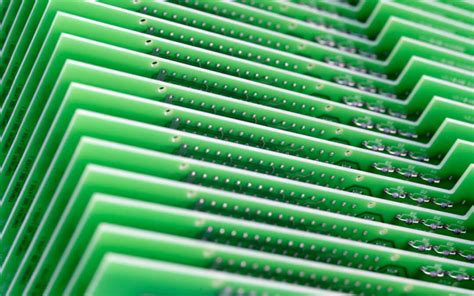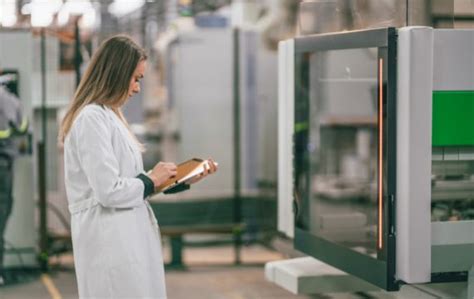Custom PCB Printing and Assembly Solutions for Your Projects
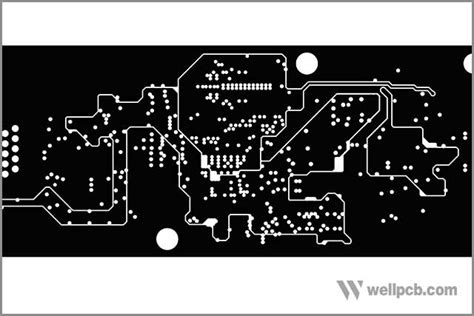
Key Takeaways
When embarking on custom PCB projects, there are several critical elements to consider to ensure successful outcomes. Custom PCB printing and assembly is not merely a technical process but a strategic step that influences the overall functionality and reliability of electronic devices. By opting for precision manufacturing, you can achieve intricate designs that meet exact specifications, which is essential for complex electronic applications. Efficient pcb assembly processes further enhance productivity, reducing time-to-market without compromising quality.
In the world of electronics, selecting the right materials for your pcba can significantly impact performance. High-quality components provide durability and enhanced functionality, making it imperative to collaborate with experienced manufacturers who understand the nuances of material choices. The integration of advanced technology in PCB solutions not only streamlines production but also ensures consistency and precision in every batch produced.
"Investing in precision is not just an option; it’s a necessity for today’s innovative electronic designs."
Furthermore, analyzing case studies can provide valuable insights into successful projects that utilized custom PCBs effectively. Such assessments can guide you in making informed decisions and inspire confidence in your own design processes.
Understanding future trends in the industry will also empower you to stay ahead of the curve, ensuring that your projects leverage the latest advancements in technology and manufacturing techniques. As you consider embarking on your custom PCB journey, these key takeaways offer a solid foundation upon which to build your project strategies.

Introduction to Custom PCB Printing and Assembly
In the rapidly evolving world of electronics, custom PCB printing and assembly stand as pivotal elements that influence product performance and reliability. With an emphasis on tailored solutions, organizations can achieve high-quality PCB assembly that aligns with their specific requirements. The ability to design and manufacture printed circuit boards (PCBs) that cater to unique specifications allows developers to innovate without the constraints typically associated with off-the-shelf products. Furthermore, the integration of cutting-edge production techniques elevates the level of precision involved in every stage of manufacturing.
Understanding the complexity of PCBA processes is crucial for stakeholders at all levels, from engineers to product managers. From initial design considerations to final assembly, every step must be meticulously planned and executed. This ensures not only that the final product meets functional expectations but also adheres to industry standards for quality and reliability.
To illustrate this process effectively, consider the following table showcasing key components in custom PCB printing and assembly:
| Component | Importance |
|---|---|
| Design Layout | Ensures optimal functionality |
| Material Selection | Impacts durability and thermal properties |
| Soldering Techniques | Affects electrical connectivity |
| Quality Control Inspections | Ensures adherence to specifications |
Adopting a consistent approach towards PCB assembly enables businesses to reduce production costs while enhancing product longevity. As competition intensifies within various sectors, leveraging advanced methodologies in custom PCB solutions can provide a significant competitive edge. Through continuous innovation in manufacturing processes, businesses can facilitate better performance outcomes in their electronics development ventures. The future of electronics hinges on these tailored solutions which promise precision, efficiency, and unmatched quality.
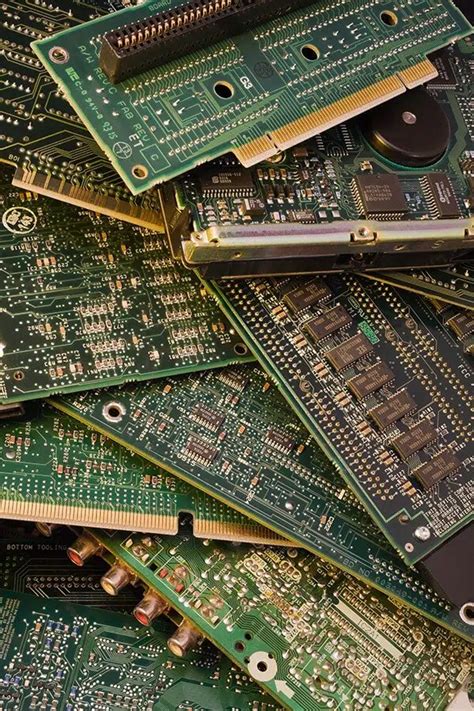
Benefits of Precision Manufacturing in PCB Production
Precision manufacturing plays a crucial role in the realm of custom PCB printing and assembly. By ensuring that every component is fabricated with exact specifications, businesses can significantly enhance the quality and reliability of their printed circuit boards. This level of accuracy not only reduces the likelihood of defects but also optimizes the performance of electronic devices. With advances in technology, such as automated machinery and advanced design software, pcb assembly processes have become more efficient, allowing for quicker turnaround times without compromising on quality. Moreover, the use of high-quality materials in production further guarantees that the final product meets rigorous industry standards. As a result, companies benefit from a competitive edge, ensuring that their projects can be completed on time and within budget. Investing in precision manufacturing is therefore essential for any organization looking to elevate their electronics development while minimizing risks associated with inferior workflows in pcba production.
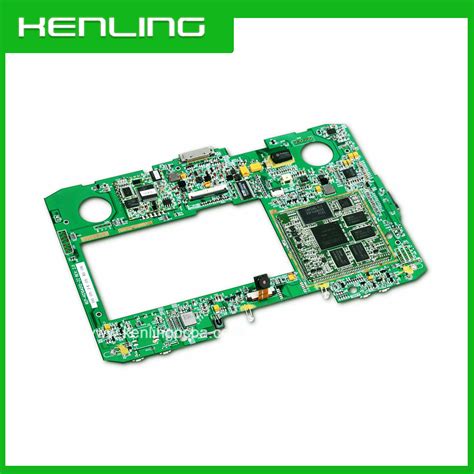
Streamlining Assembly Processes for Optimal Efficiency
Streamlining assembly processes is essential for achieving optimal efficiency in PCB assembly. By carefully analyzing the workflow of pcba, organizations can identify bottlenecks and implement strategies that enhance productivity without compromising quality. One effective method is to adopt automated systems that improve accuracy and speed. Automation can significantly reduce human error, leading to more reliable custom PCBs. Moreover, utilizing modular assembly lines allows teams to adapt more seamlessly to varying project requirements. Implementing state-of-the-art testing protocols throughout the assembly phase also ensures that defects are identified early, minimizing costly reworks and delays. Prioritizing the organization of components can further streamline the assembly process, as a well-structured workspace fosters better collaboration and quicker resolution of issues. Overall, refining these processes not only improves production timelines but also elevates the final product quality, supporting manufacturers in meeting their project goals efficiently.

Choosing the Right Materials for Your Custom PCBs
Selecting the appropriate materials for your custom PCBs is a crucial step that can significantly influence the performance and reliability of your electronic projects. The substrate material, for example, plays a vital role in determining the overall electrical properties and thermal conductivity of the PCB. Common choices include FR-4, a widely used epoxy-glass laminate, which provides a good balance of cost-efficiency and performance. In addition to substrate choices, understanding the different types of conductors is essential. Copper is the most commonly employed material due to its excellent conductivity, but considerations around thickness and plating methods will affect both PCB assembly and signal integrity.
Moreover, it’s critical to take into account the specific requirements of your application when selecting materials for pcba. For high-frequency applications, you may want to explore advanced dielectric materials that minimize loss at high frequencies. On the other hand, if your project requires enhanced durability—such as in automotive or aerospace applications—you should consider materials that provide resistance to extreme temperatures or chemicals. Each decision impacts not only manufacturing costs but also how well your pcb assembly can be executed in terms of precision alignment and functionality. Therefore, assessing these factors early in the design process ensures that you achieve optimal results tailored to your specific needs without compromising quality or performance.
The Role of Advanced Technology in PCB Solutions
The integration of advanced technology in PCB solutions has revolutionized the landscape of custom PCB printing and assembly. Modern techniques such as automated pcb assembly and sophisticated software tools enable precision in every aspect of the production process, from initial design to final assembly. These advancements not only enhance the accuracy of pcba but also reduce turnaround times and minimize human error, which is crucial for meeting tight project deadlines. Furthermore, technologies such as surface mount technology (SMT) allow for more compact designs and increased functionality within smaller form factors, catering to the ever-growing demand for miniaturization in electronic devices. As the market continues to evolve, the incorporation of smart manufacturing practices, including real-time monitoring and data analytics, ensures that quality control is maintained at every stage of production. By leveraging these innovations, companies can significantly streamline their workflow, optimize costs, and ultimately deliver superior products that meet the rigorous standards of today’s competitive environment.
Case Studies: Successful Projects Using Custom PCBs
The impact of custom PCB printing and assembly can be clearly seen through various successful case studies across different industries. For instance, in the medical sector, a healthcare company leveraged pcb assembly to develop a groundbreaking portable monitoring device. By utilizing advanced pcba techniques, they were able to streamline their production process, ensuring that the components were not only accurate but also compliant with stringent industry standards. Another noteworthy example comes from the automotive industry, where a manufacturer integrated custom PCBs into their vehicle’s electronic systems. The custom designs greatly enhanced the reliability and functionality of their product, demonstrating how tailored solutions can provide a competitive edge. Furthermore, in the consumer electronics realm, a start-up harnessed the potential of pcb assembly to create an innovative smart home device that gained significant market traction. These case studies not only exemplify the versatility of custom PCBs across various applications but also highlight the importance of precision manufacturing and efficient assembly processes in achieving project goals and elevating product quality.
Future Trends in PCB Printing and Assembly
As technology continues to advance, the fields of PCB printing and assembly are experiencing significant transitions that promise to enhance the production capabilities and efficiency of custom electronic components. One of the key future trends is the adoption of automated manufacturing processes, which not only speed up printing and assembly but also improve precision, minimizing errors in PCBA. Moreover, the rise of green manufacturing practices is gaining traction; environmentally friendly methods are being developed to reduce waste associated with pcb assembly while using sustainable materials. Additionally, integration with Internet of Things (IoT) technology allows for real-time monitoring and adjustments during the production process, ensuring optimal performance and quality. With these improvements in mind, businesses can not only achieve cost efficiency but also enhance the reliability and functionality of their products, making these advancements essential for staying competitive in an ever-evolving market landscape. As we look forward, embracing these trends will be crucial for those engaged in custom PCB projects seeking to leverage the latest innovations in PCB manufacturing and assembly solutions.
How to Get Started with Your Custom PCB Project
Embarking on a custom PCB project can seem overwhelming, but breaking the process into manageable steps can simplify your journey. First, begin by assessing your project’s specific requirements, including function, size, and budget constraints. This assessment will help determine the PCB assembly method best suited for your needs. Next, select a reputable manufacturer that specializes in pcba services. It’s crucial to examine their capabilities in both custom PCB printing and assembly processes to ensure they align with your design specifications. Once you have chosen a manufacturer, collaborate closely with their engineering team to refine your design and make necessary adjustments; this collaboration is vital for achieving optimal results in precision manufacturing. Additionally, familiarize yourself with the various materials available for PCB production—like FR-4 or flexible materials—which can impact the performance and functionality of your final product. By rigorously planning and communicating effectively with your chosen partner, you will lay a solid foundation for the successful execution of your custom PCB project. As you progress through these stages, remember that thorough documentation and regular updates will keep all stakeholders informed and engaged, ensuring that your vision is accurately translated into a high-quality electronic solution.
Conclusion
In summary, the world of custom PCB printing and assembly is an evolving field that offers numerous advantages for electronics development projects. Companies seeking to enhance their products through pcb assembly can leverage precision manufacturing techniques to ensure that every component is accurately placed and connected. This not only improves reliability but also boosts the overall performance of the final product. With optimal pcba processes, businesses can streamline their production schedules while maintaining high-quality standards. Furthermore, by choosing the right materials and embracing advanced technologies, project teams can create innovative PCBs that meet specific functionality requirements and are adaptable to future trends. Therefore, embarking on a custom PCB project can result in not just technological advancements but also significant cost savings and faster time-to-market for new products. As industries continue to embrace innovation, the importance of effective custom PCB printing and assembly solutions cannot be overstated for successful electronics development.
FAQs
What is PCB assembly?
PCB assembly refers to the process of attaching electronic components to a printed circuit board (PCB) to create a functional electronic device. It involves multiple steps, including soldering, testing, and inspection.
How long does it take to complete a PCBA project?
The timeline for a PCBA project can vary significantly depending on the complexity of the design and the number of units required. Typically, simpler assemblies can be completed in a few weeks, while more complex projects may take several months.
What materials are used in custom PCB printing?
Custom PCB printing can utilize various materials such as FR-4, aluminum, or polyimide for flexible circuits. The choice depends on the specific requirements of your project, including durability and application.
Can I integrate advanced technology into my PCBA?
Absolutely! Advanced technologies like surface mount technology (SMT) and through-hole plating can be integrated into your custom PCB design for improved performance and efficiency.
What are the quality assurance measures in place for PCB assembly?
Quality assurance in PCB assembly includes several methods such as visual inspections, automated optical inspections (AOI), and functional testing to ensure that each board meets the required specifications before delivery.





